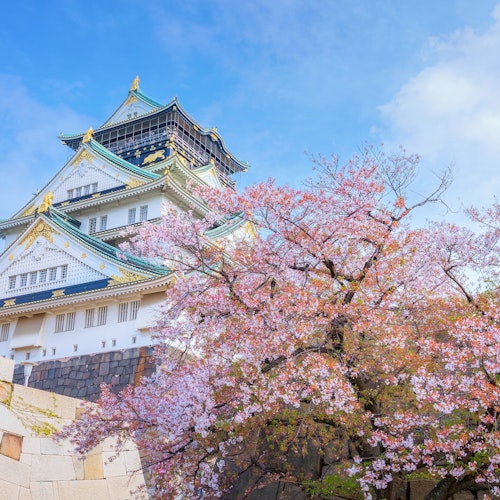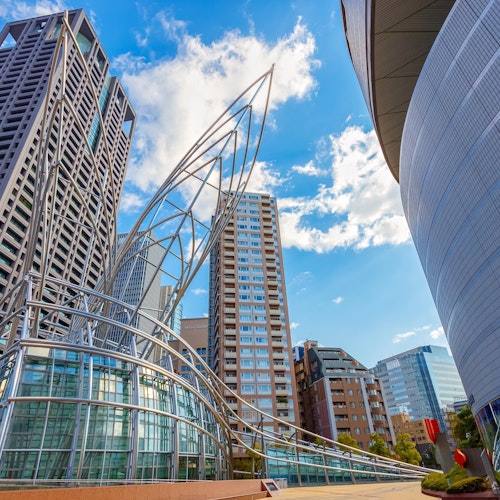
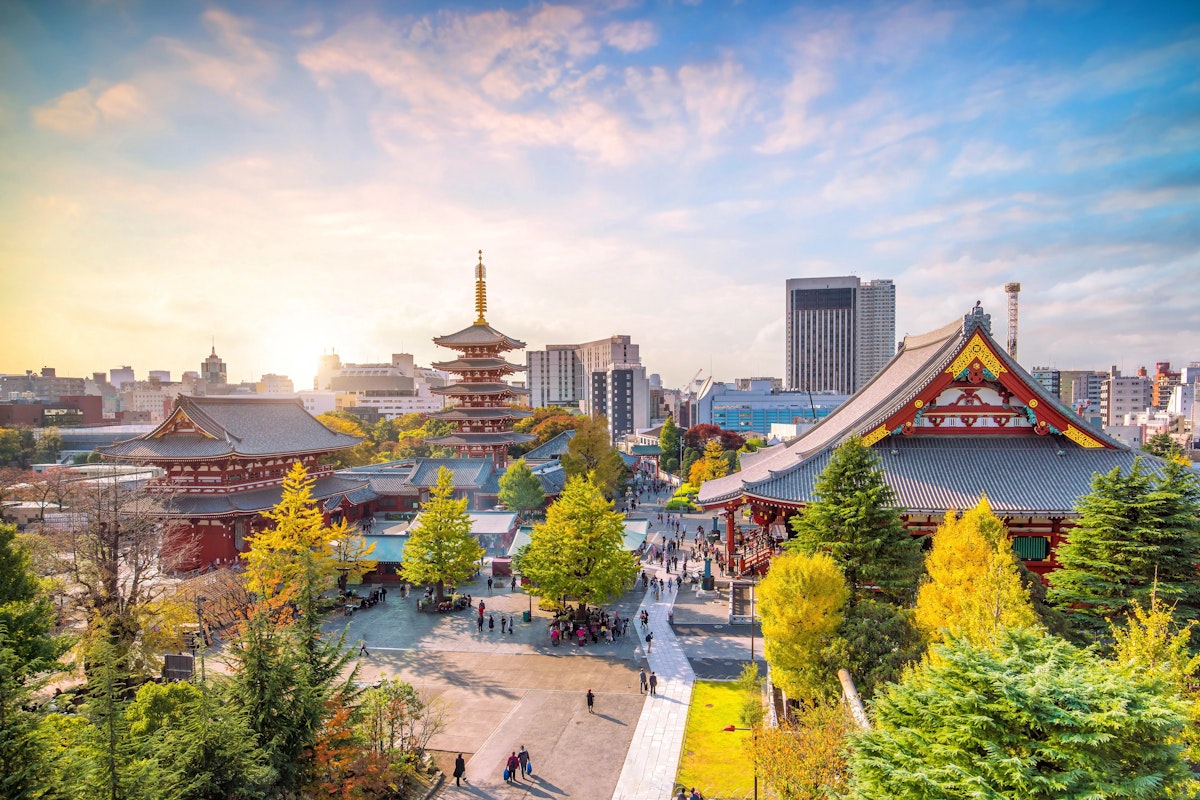
Tokyo is a bustling metropolis where ultra-modern skyscrapers and neon lights coexist in harmony with rich historical elements, including districts that echo the whispers of the Edo period, an era that has profoundly influenced the traditions and architecture of today's Tokyo. Amidst this juxtaposition of the old and new, the city offers hidden historical districts that serve as time capsules, preserving its cultural heritage.
This article aims to guide eco-conscious travelers through various eco-friendly accommodation options available in these hidden gems, allowing them to experience the unique blend of modernity and tradition that Tokyo offers.
The Edo period, which spanned from 1603 to 1868, holds immense significance in Japanese history and culture. This era shaped various facets of Japanese culture, from art forms to governance.
Its influence is especially noticeable in Tokyo's architecture and traditions, which range from temple constructions to intricate woodworking.
While visiting Tokyo, many travelers focus on well-known spots like Tokyo Tower and Shibuya Station. However, Tokyo's hidden gems in historical districts offer a different experience, removed from the bustling city center.
Exploring these lesser-known areas gives you a chance to experience traditional Japan.
Embark on a journey through Tokyo's less-traveled paths by exploring these 14 hidden gems:
Ebisu
Harajuku
Nakameguro
Kagurazaka
Yanaka
Fukagawa
Asakusa
Omoide Yokocho (Memory Lane)
Sumida
Kanda
Kawagoe (Saitama)
Shibamata
Noge (Yokohama)
Each district offers its own unique blend of traditional charm and modern flair, featuring both famous attractions and secret spots. These areas provide ample opportunities for travelers to immerse themselves in local culture, engage in vintage shopping, and enjoy scenic beauty.
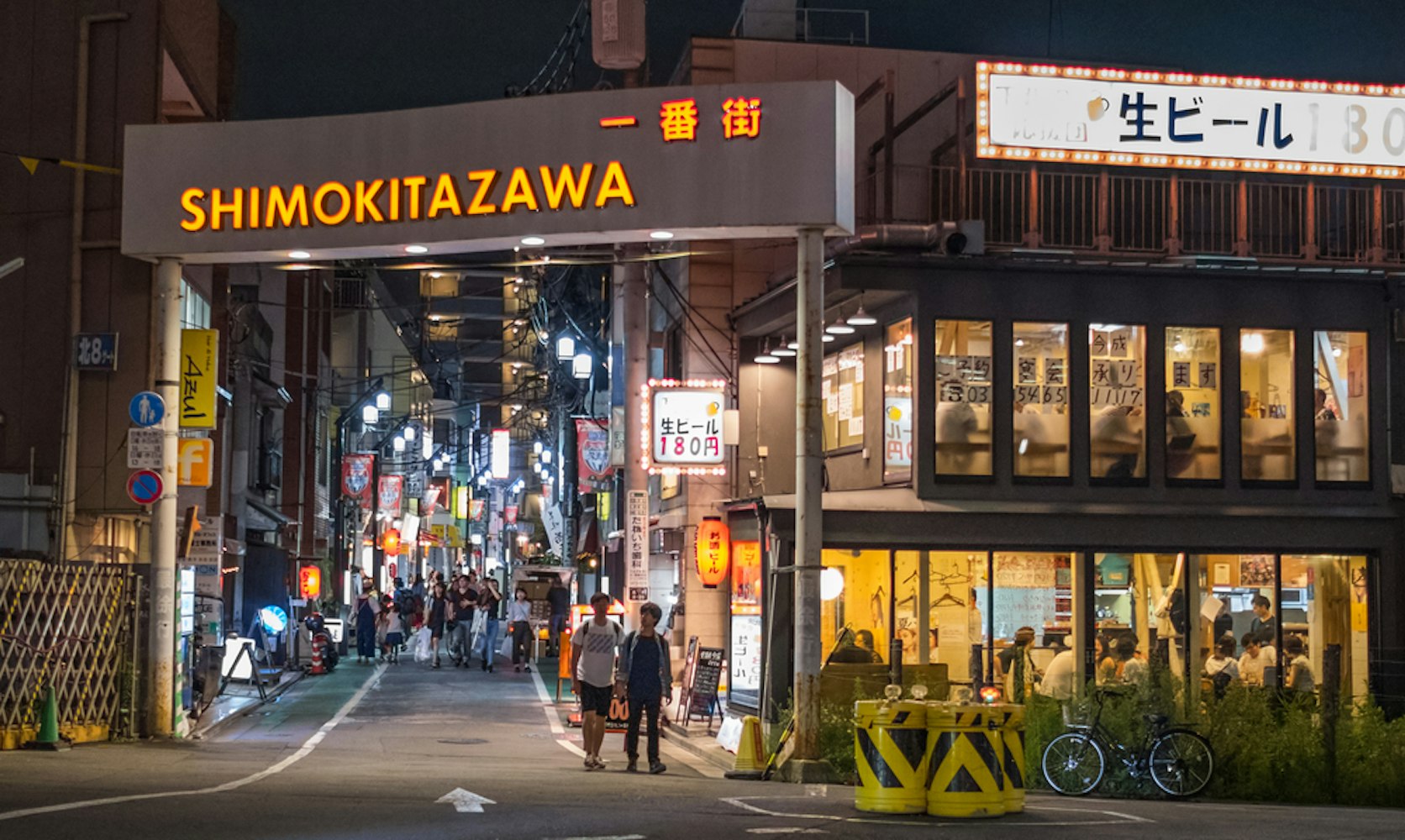
Shimokitazawa, often called "Shimokita," is located in Tokyo's Setagaya ward, offering a respite from the hustle and bustle of central Tokyo. Initially an agricultural district, it became a bohemian hub attracting artists, musicians, and young people in the late 20th century.
The area is a haven for vintage clothing aficionados and boasts various theatres and live music venues. Additionally, it's home to several trendy coffee shops where you can relax and absorb the boho atmosphere.
How to Get There:
Take the Odakyu Line and get off at Shimokitazawa Station.
Alternatively, use the Keio Inokashira Line, stopping at Shimokitazawa Station.
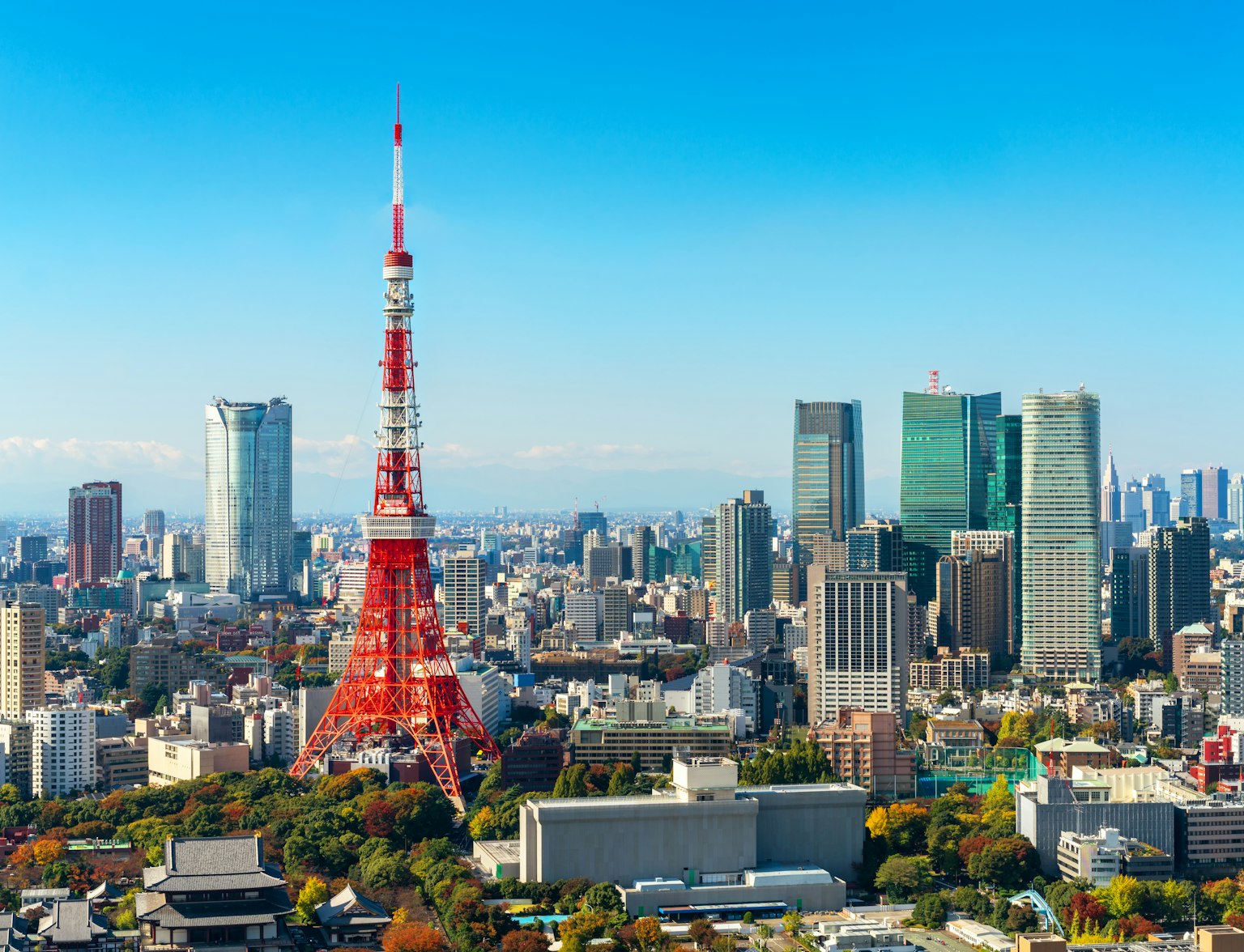
Include Shimokitazawa on your personalized itinerary.
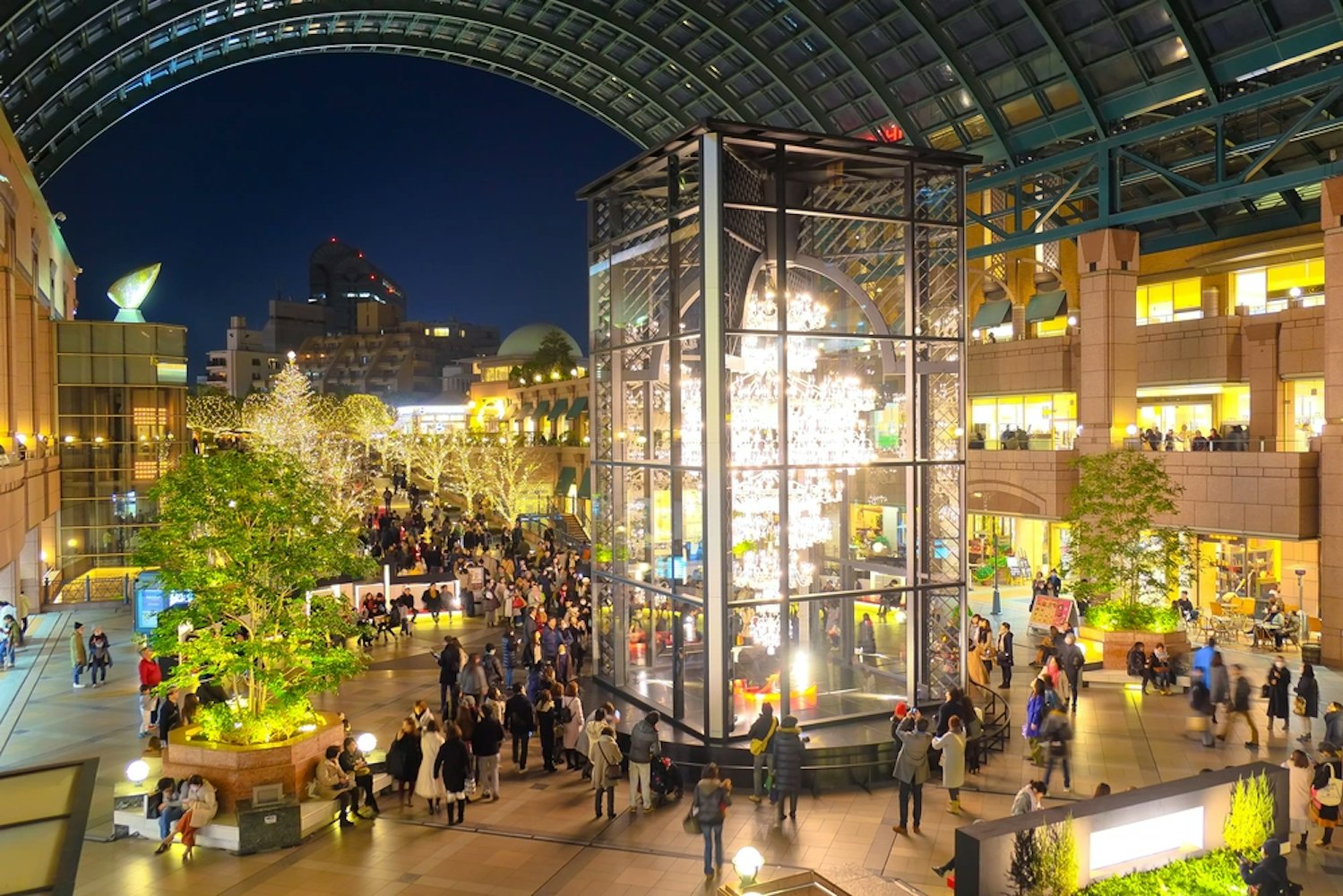
Ebisu is situated in the Shibuya ward, making it a central and easily accessible part of Tokyo. The area has seen significant transformation from its industrial roots, becoming a sophisticated neighborhood after the construction of the Ebisu Garden Place on a former beer brewery site.
The district is renowned for its Ebisu Yokocho, a bustling food alley featuring various cuisines and upscale interior shops. It also hosts the Yebisu Beer Museum, and if you plan to visit Tokyo, the Photographic Art Museum is a must-see in this area.
How to Get There:
Take the JR Yamanote Line to Ebisu Station.
The Tokyo Metro Hibiya Line also stops at Ebisu Station.
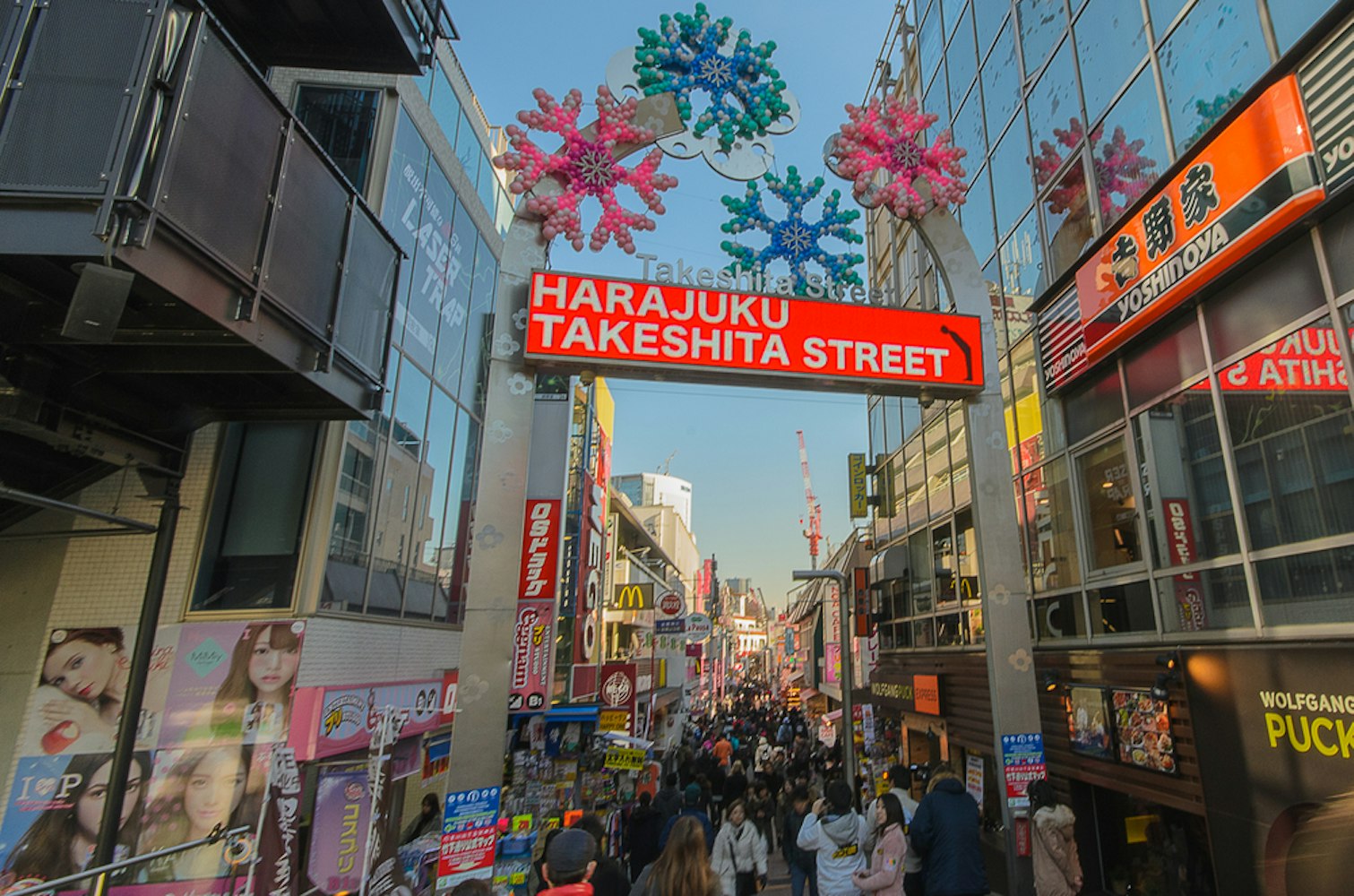
Harajuku is a vibrant district in Tokyo's Shibuya ward, often considered the heart of Japan's fashion scene. Although known for its modern youth culture, the area retains its traditional charm with landmarks like the ancient Meiji Shrine.
Amidst its colorful streets and eclectic boutiques, Harajuku's Takeshita Street is a haven for fashion-forward individuals. Alongside its ultra-modern vibe, you can also find pockets of local culture, like traditional tea houses and artisan shops.
How to Get There:
Take the JR Yamanote Line and get off at Harajuku Station.
Alternatively, use the Tokyo Metro Chiyoda Line, which also stops at Meiji-jingumae 'Harajuku' Station.
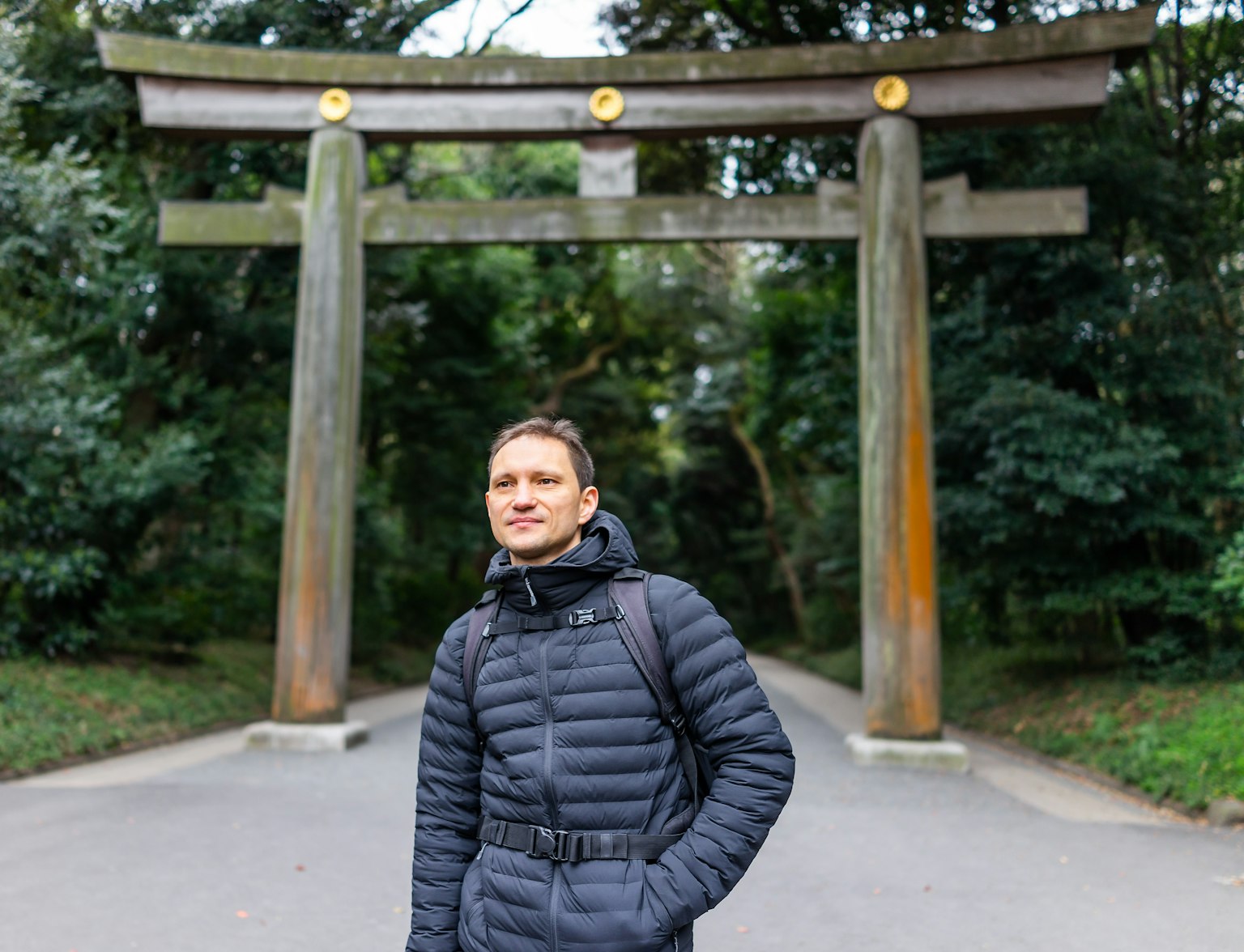
Experience the energetic culture of Harajuku with this tour.
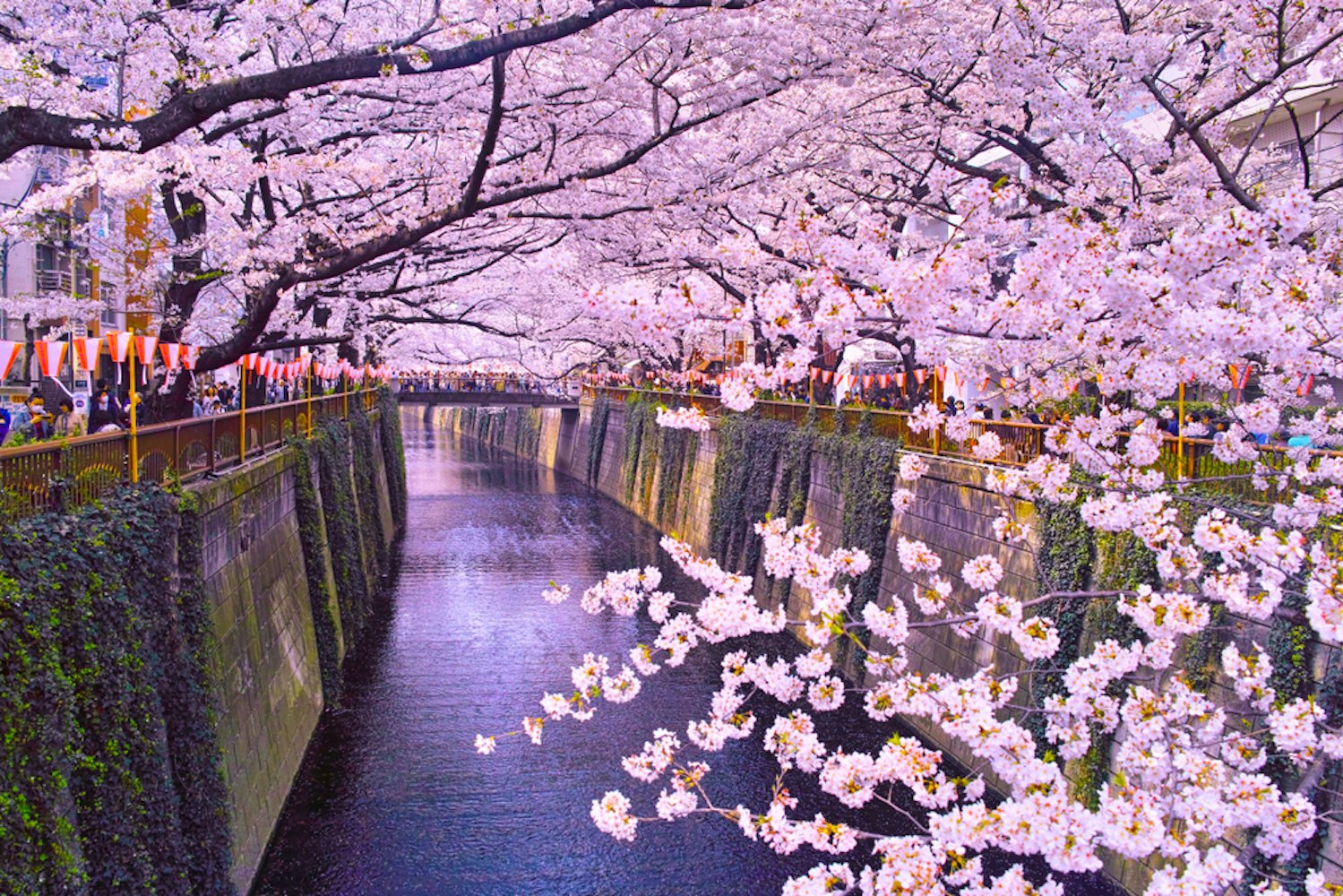
Situated close to the city center, Nakameguro in Meguro ward is a stylish yet relaxed district. It's an off-the-beaten-path area known for the scenic Meguro River, stunning during the cherry blossoms season.
Nakameguro offers a blend of old and new, where trendy cafes and interior shops stand next to old-school izakayas (Japanese pubs).
How to Get There:
Take the Tokyo Metro Hibiya Line to Nakameguro Station.
The Tokyu Toyoko Line also stops at Nakameguro Station.
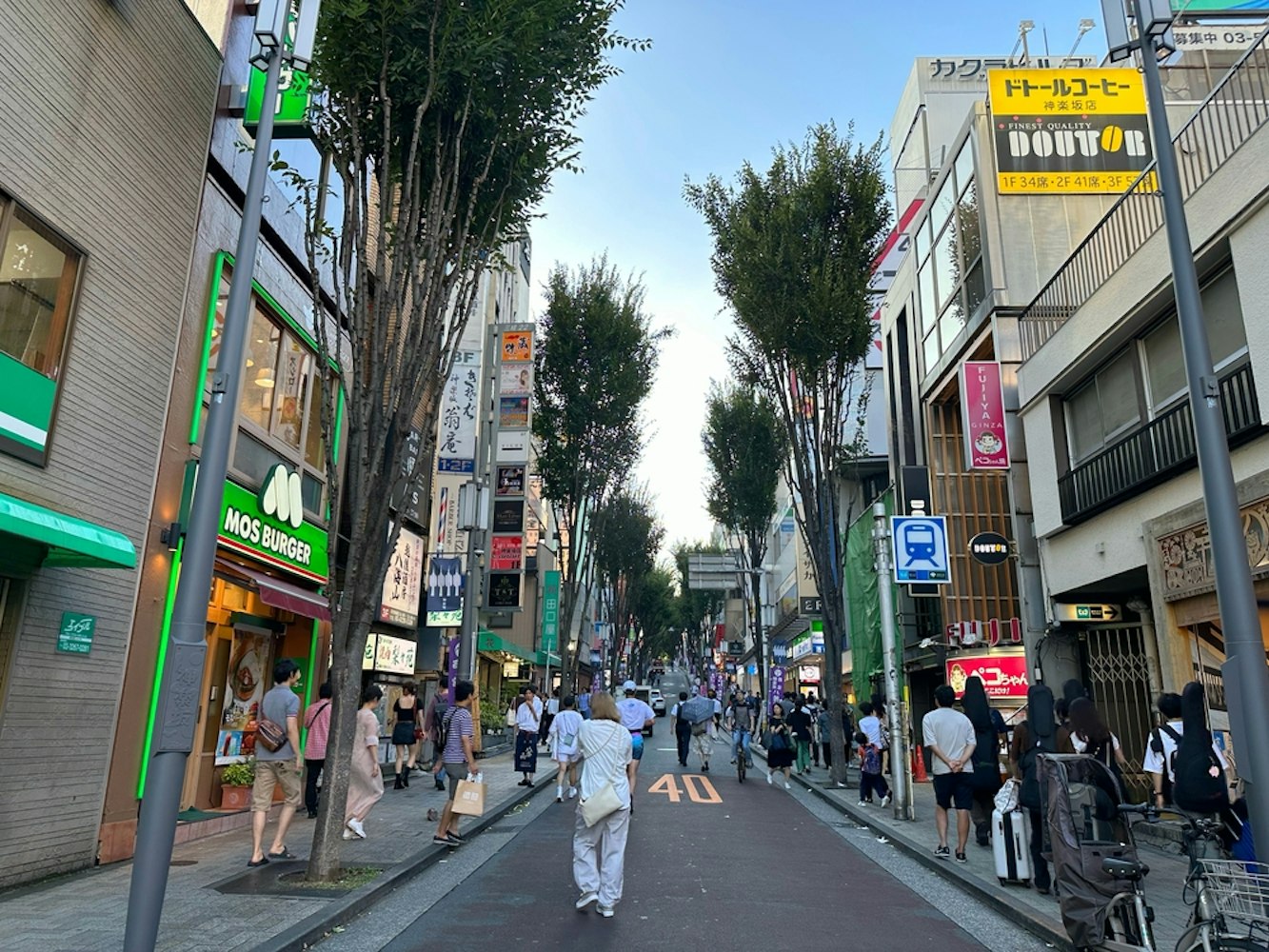
Kagurazaka is located near the former outer moat of Edo Castle in Shinjuku ward. The district was once home to samurais and still features traditional geisha houses, known for its historic atmosphere.
The cobblestone streets here are filled with an array of boutiques and eateries, making it a must-visit shopping street. The area also has several temple grounds, adding to its historic appeal.
How to Get There:
Take the Tokyo Metro Tozai Line to Kagurazaka Station.
You can also use the Toei Oedo Line and get off at Ushigome-Kagurazaka Station.
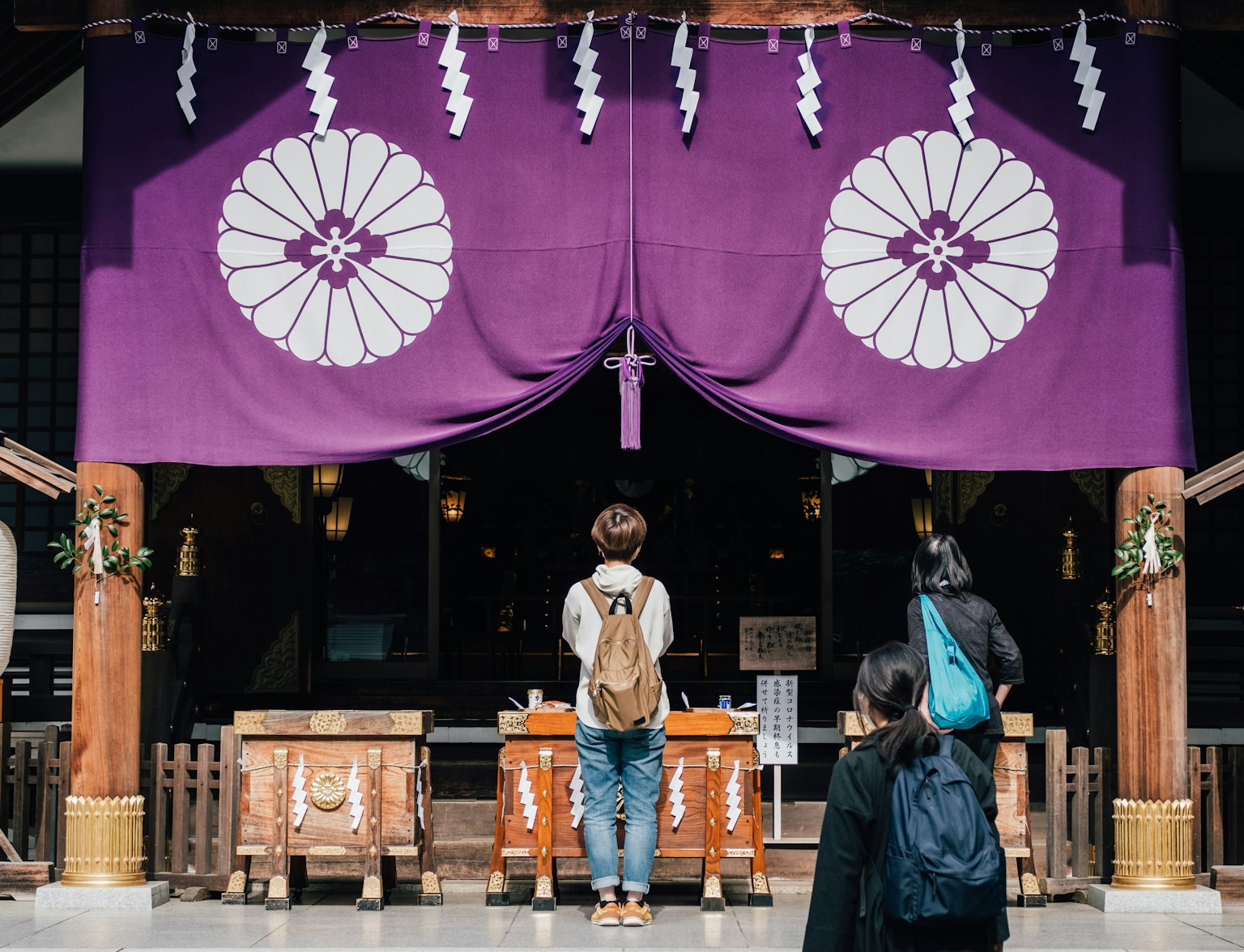
Embark on an exciting city game in Kagurazaka and uncover the intricate history of Old Edo.
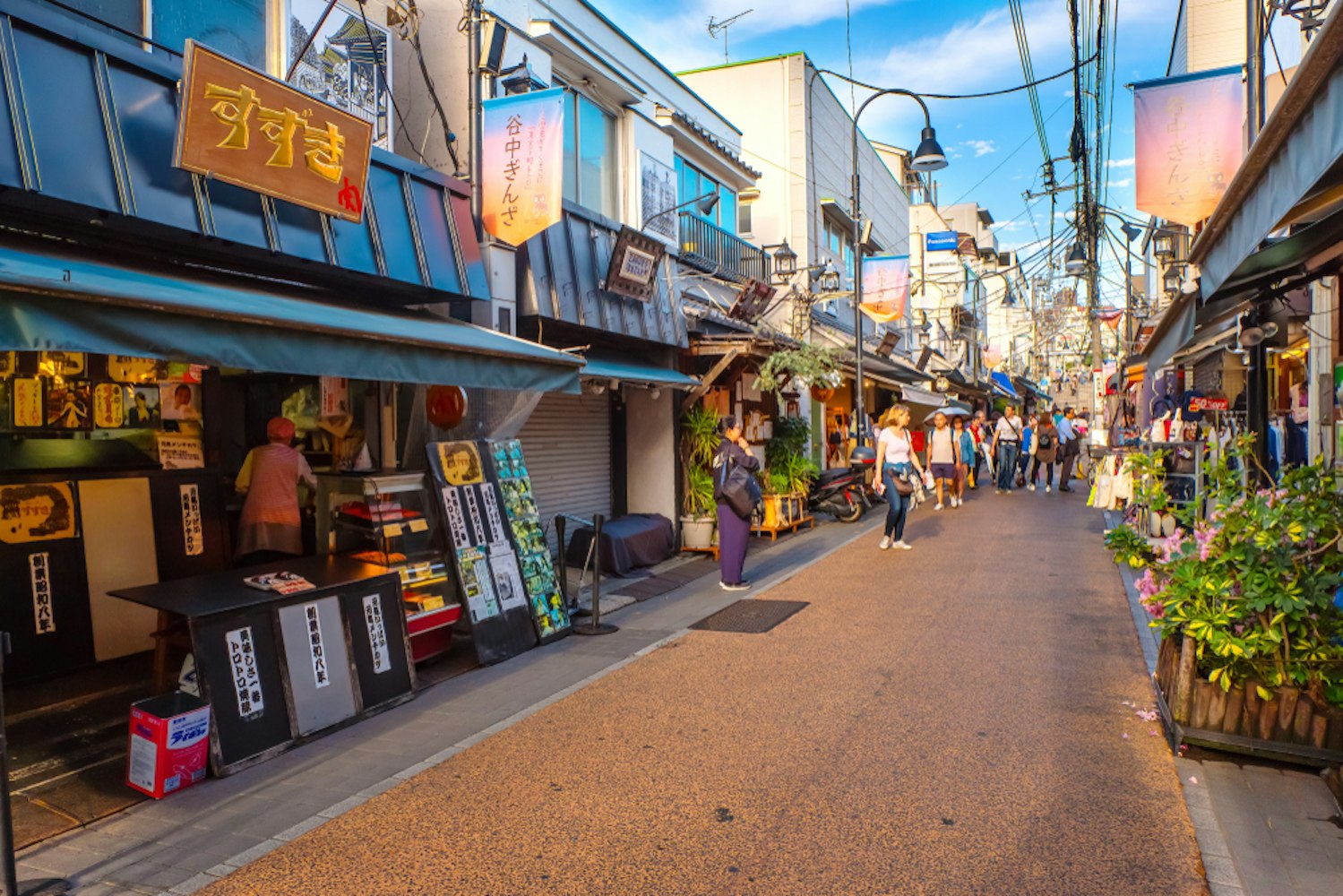
Yanaka, in Taito ward, embodies the spirit of old Tokyo. This area has survived natural disasters and wars, preserving its traditional charm.
Yanaka Cemetery is a peaceful space frequently visited for cherry blossom viewing, while Yanaka Ginza is a bustling market street offering local goods and food. Art enthusiasts will find various art galleries, and cat lovers should not miss the famous cat statues sprinkled throughout the district.
How to Get There:
Take the JR Yamanote Line and get off at Nippori Station.
From there, Yanaka is just a short walk away.
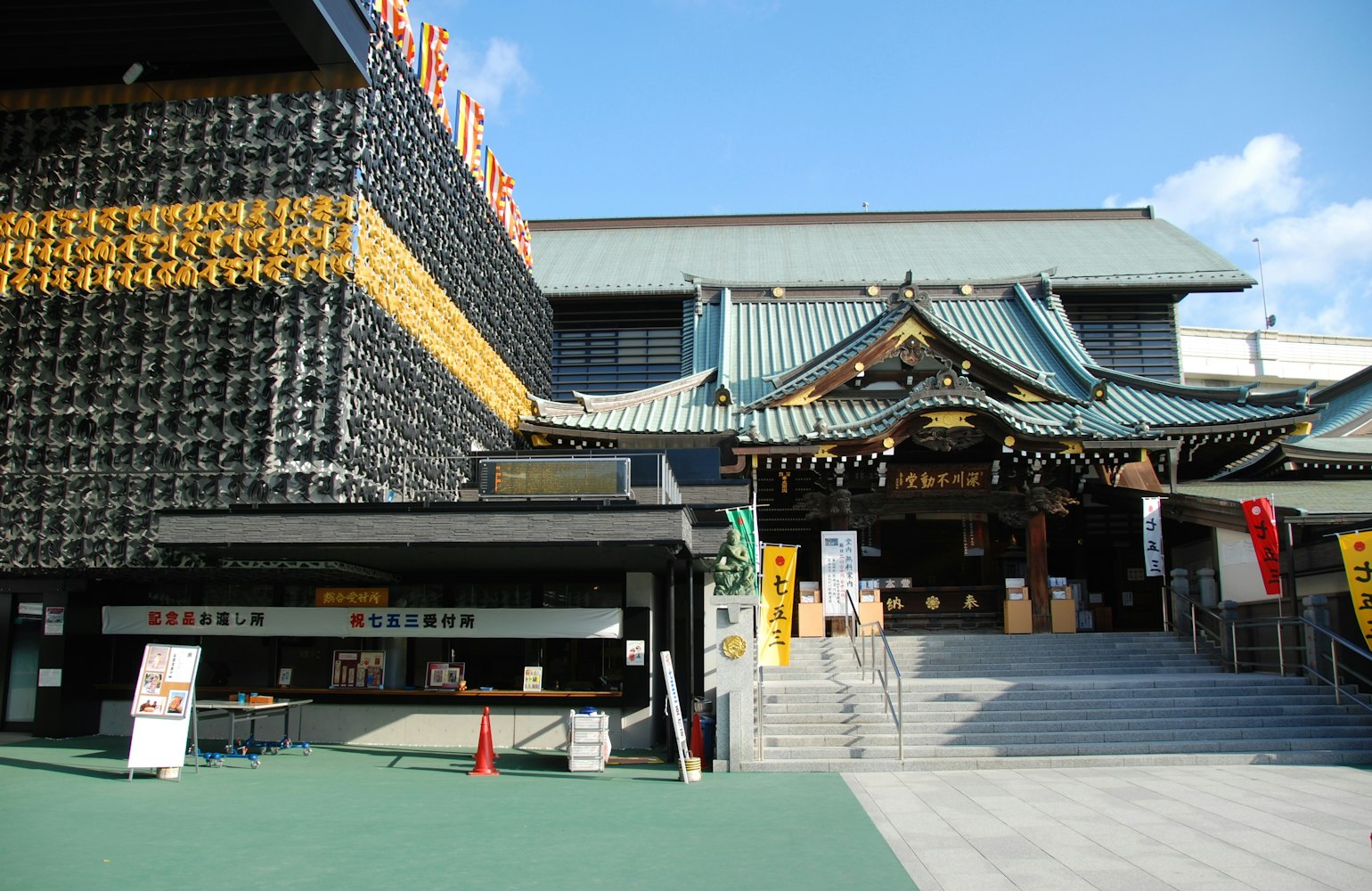
Fukagawa is situated in Koto ward and is steeped in history as a traditional shitamachi (downtown) area of Tokyo. The district is famous for its temple grounds, including the Tomioka Hachiman Shrine, which dates back to 1627 and is known for its welcoming atmosphere.
Although it doesn't have the glamorous architecture of Roppongi Hills, the area features a unique interior shop specializing in traditional Japanese home furnishings.
How to Get There:
Take the Tozai Subway Line and exit at Monzen-Nakacho Station.
Buses through the Koto ward also reach Fukagawa.
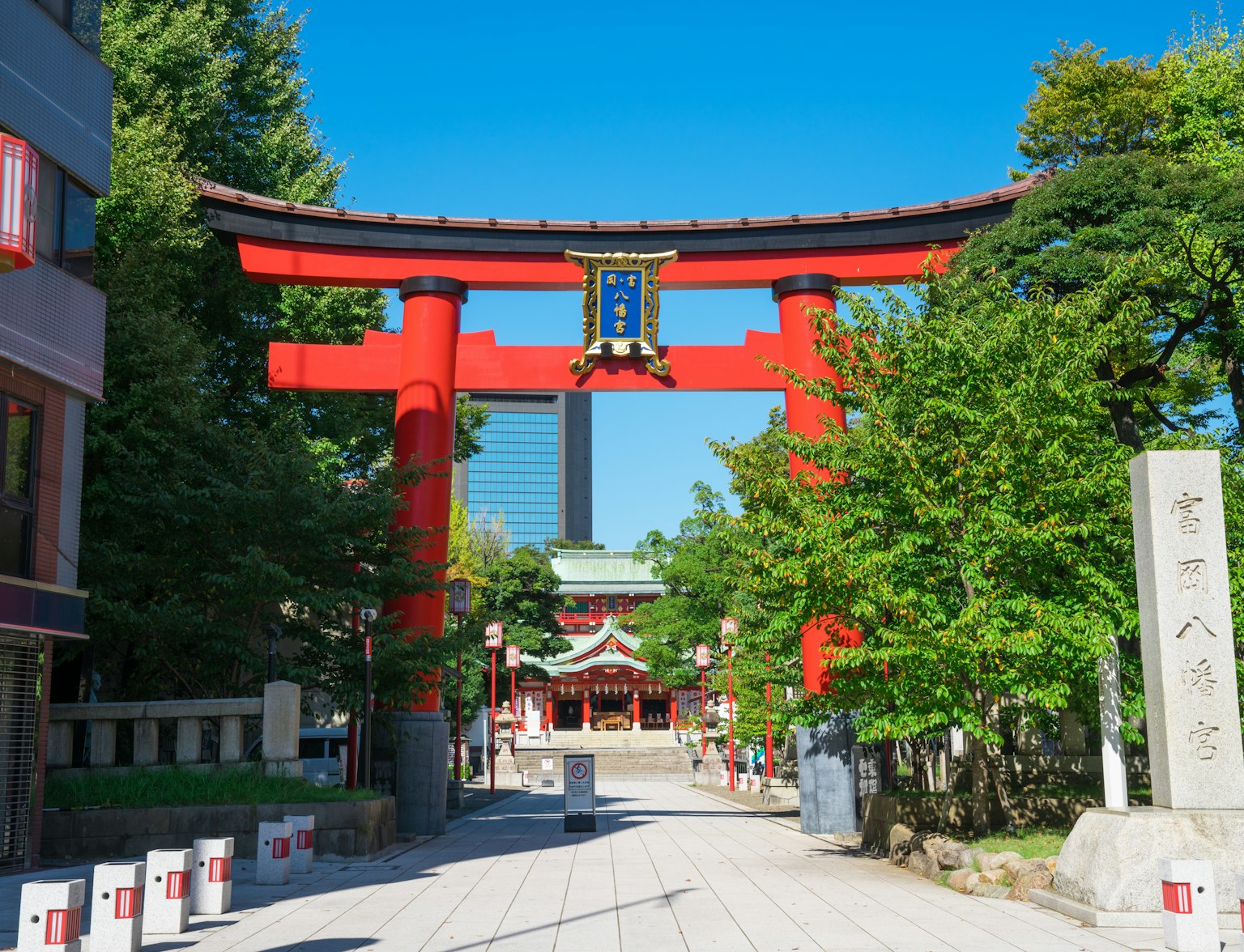
Embark on a captivating journey through Tokyo's rich past with this tour.

Asakusa, located in Taito ward, is another historical gem, primarily known for Senso-ji, Tokyo's oldest temple, founded in 628 AD. Besides the temple grounds, the area is famous for its vibrant market, Nakamise Dori.
Adding to its historical charm is a modern element with the Tokyo Skytree easily visible from various spots. A renowned interior shop near the temple adds another layer of interest to this district.
How to Get There:
Board the Tokyo Metro Ginza Line to Asakusa Station.
Alternatively, Tobu Skytree Line and Tsukuba Express also stop at Asakusa.
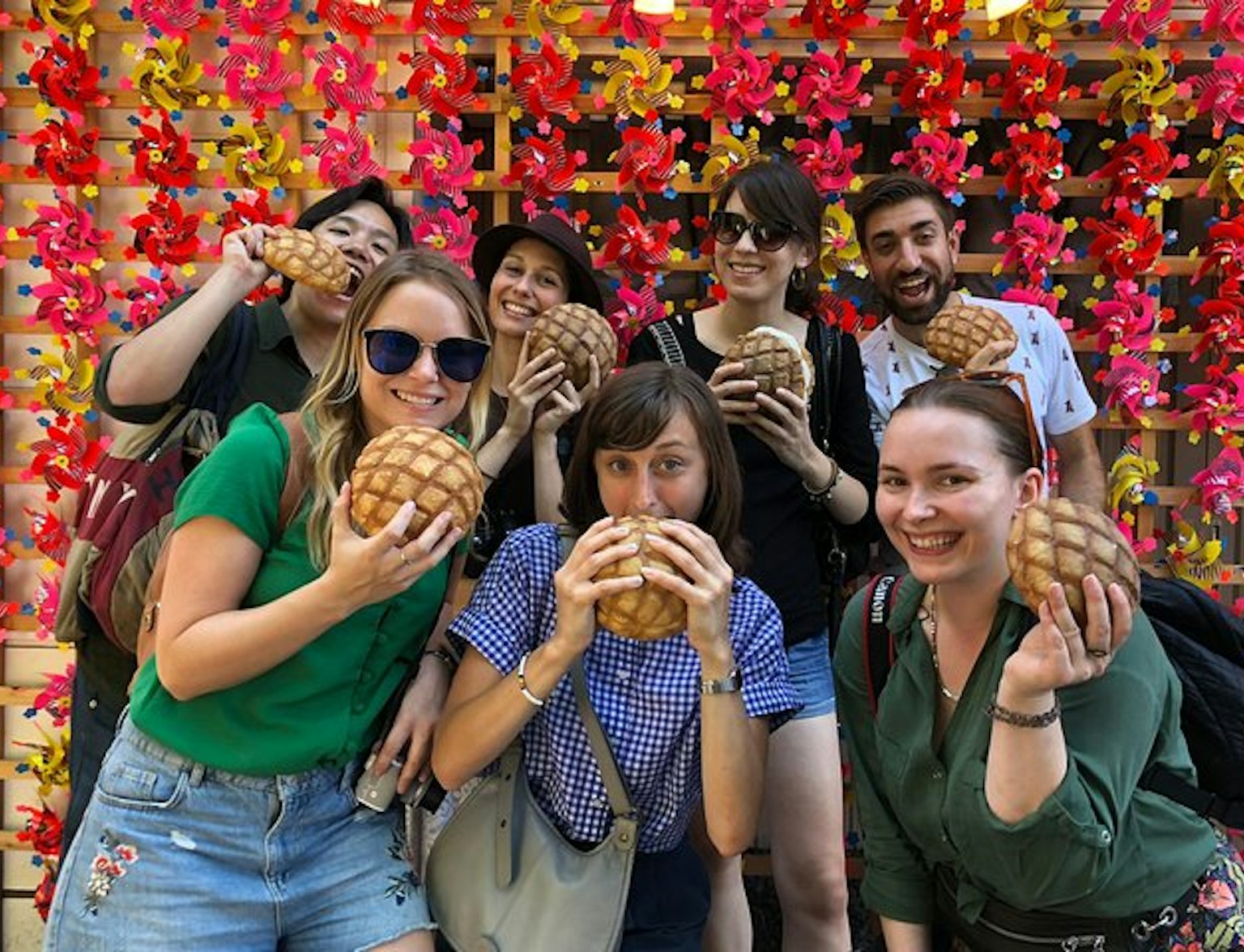
Step into the vibrant heart of Asakusa on an adventure like no other!

Omoide Yokocho, known as "Memory Lane," is nestled beside Shinjuku Station. This historical district transports you back to post-war Japan with its tiny bars and eateries.
Known for its intimate atmosphere, Memory Lane is a haven for experiencing Japanese culture at its most authentic. It's a spot where you'll find yakitori (grilled chicken skewers) being cooked in narrow alleys, and while it may not be the place for Japanese sweets, it offers an array of traditional Japanese dishes.
How to Get There:
Walk from Shinjuku Station; it's just a few minutes away.
Take Exit C1 or West Exit from the station to reach the area.
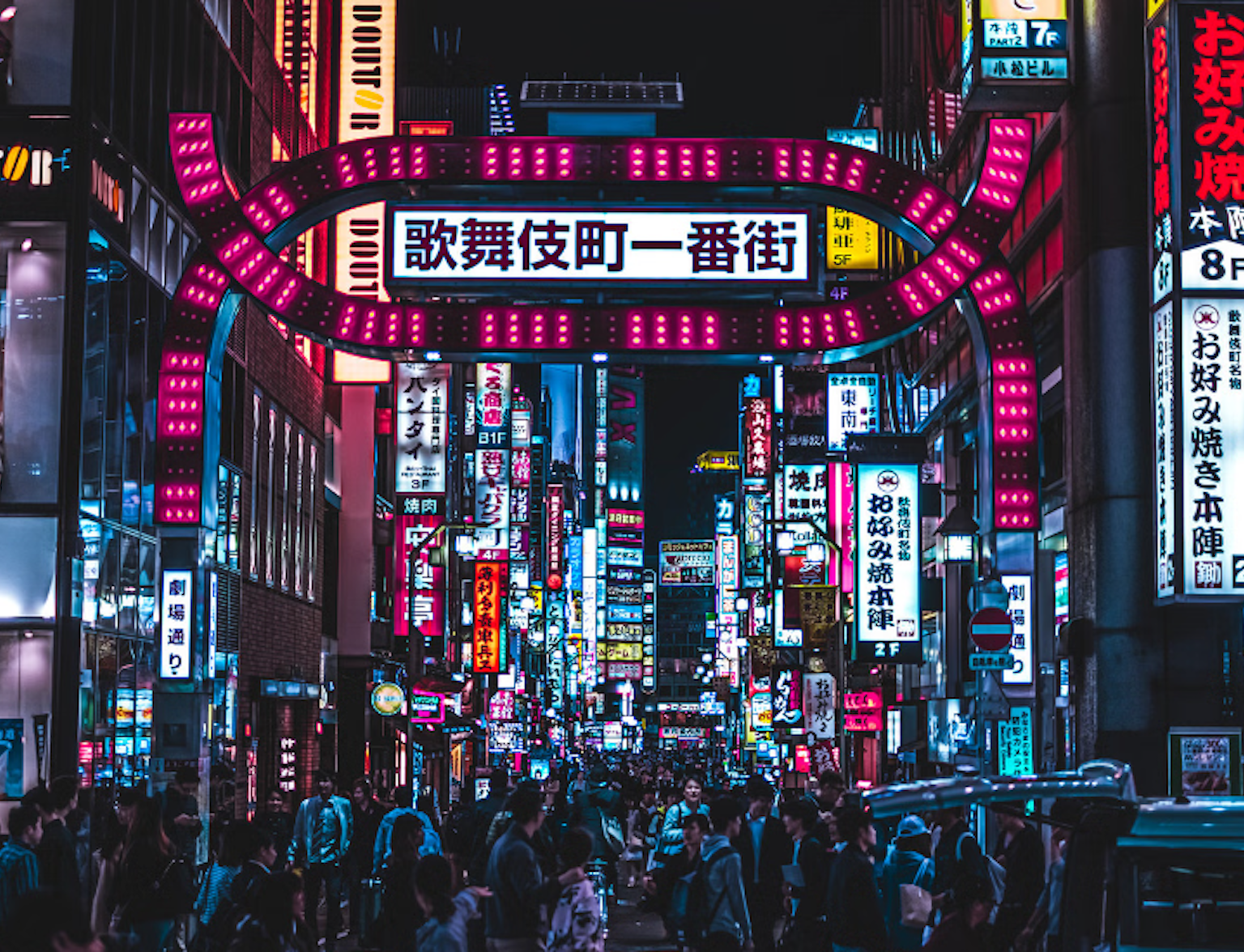
Embark on a mesmerizing Shinjuku nightlife tour.
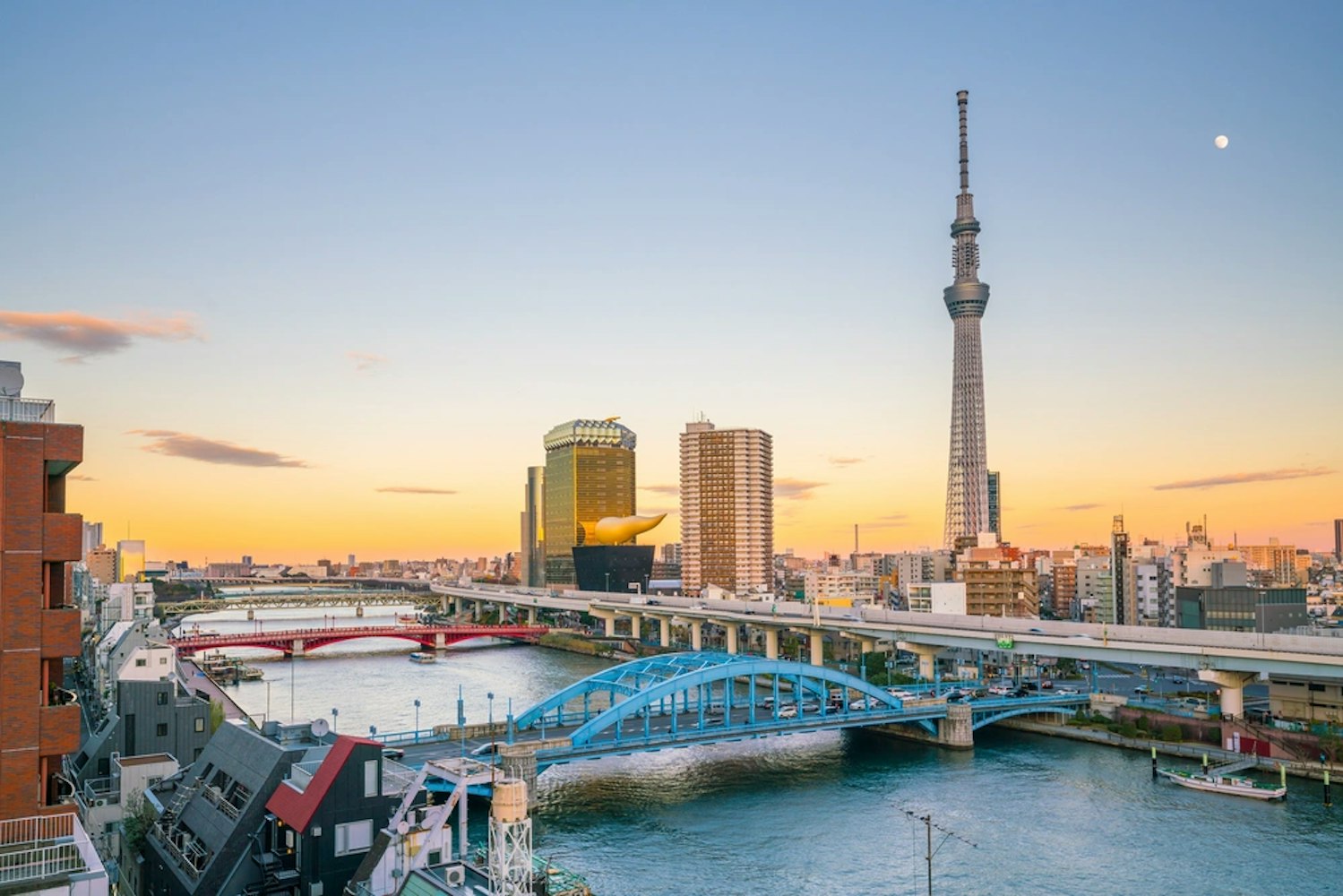
Sumida is located on the eastern side of the Sumida River, primarily in the Sumida Ward. This district is rich in history and became particularly famous as the home of the Tokyo Skytree, which was completed in 2012.
While modern landmarks like the Skytree dominate the skyline, traditional aspects of Japanese culture remain. Sumida is known for its multiple conventional craft shops and is an excellent place for visitors looking for Japanese sweets like wagashi.
How to Get There:
Take the Tokyo Metro Ginza Line to Asakusa Station, then transfer to Tobu Skytree Line and exit at Tokyo Skytree Station.
Alternatively, Oshiage Station is also nearby and serves multiple lines.
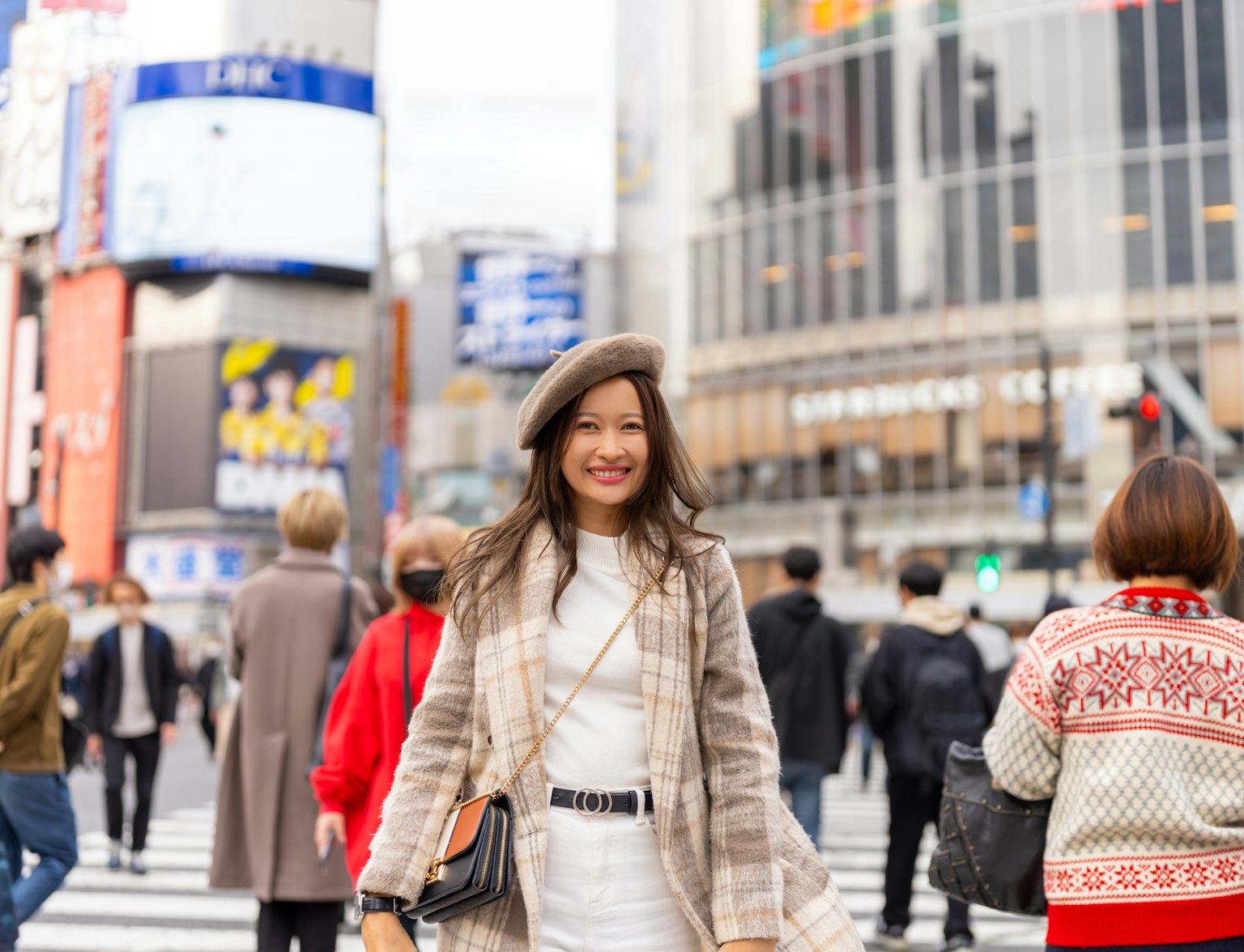
Visit Sumida on a private walking tour.
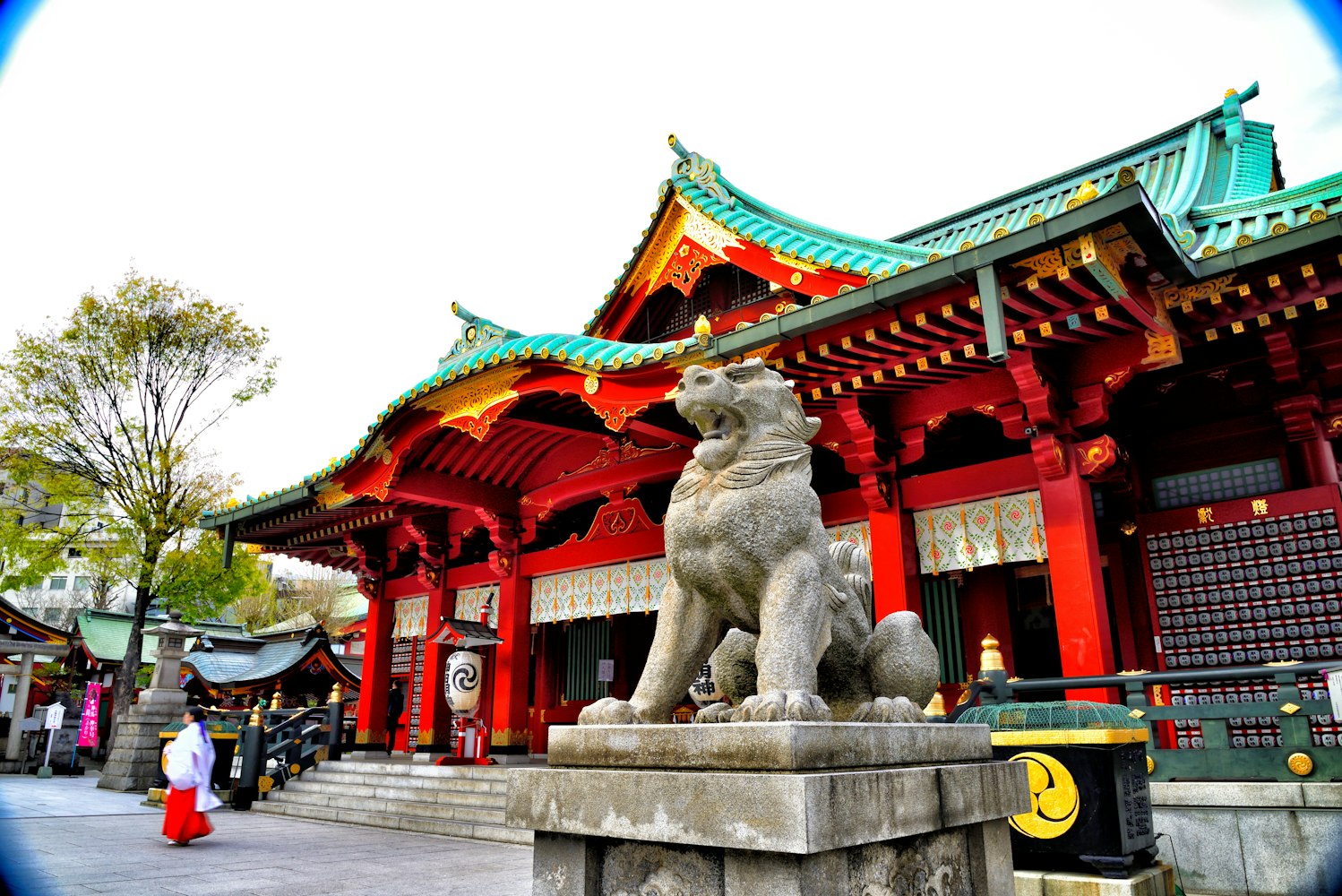
Kanda is a district in Chiyoda Ward, near central Tokyo. Known for its prestigious universities and an array of bookstores, Kanda offers a blend of academic rigor and pop culture. The Kanda Myoujin Shrine is a famous attraction, revered for bringing good fortune in business and personal endeavors.
While it may not be a first choice for foreign tourists, Kanda has an authentic Japanese experience.
How to Get There:
Take the Tokyo Metro Chuo Line and exit at Ochanomizu Station.
Kanda is also accessible via the JR Yamanote Line, leaving at Kanda Station.
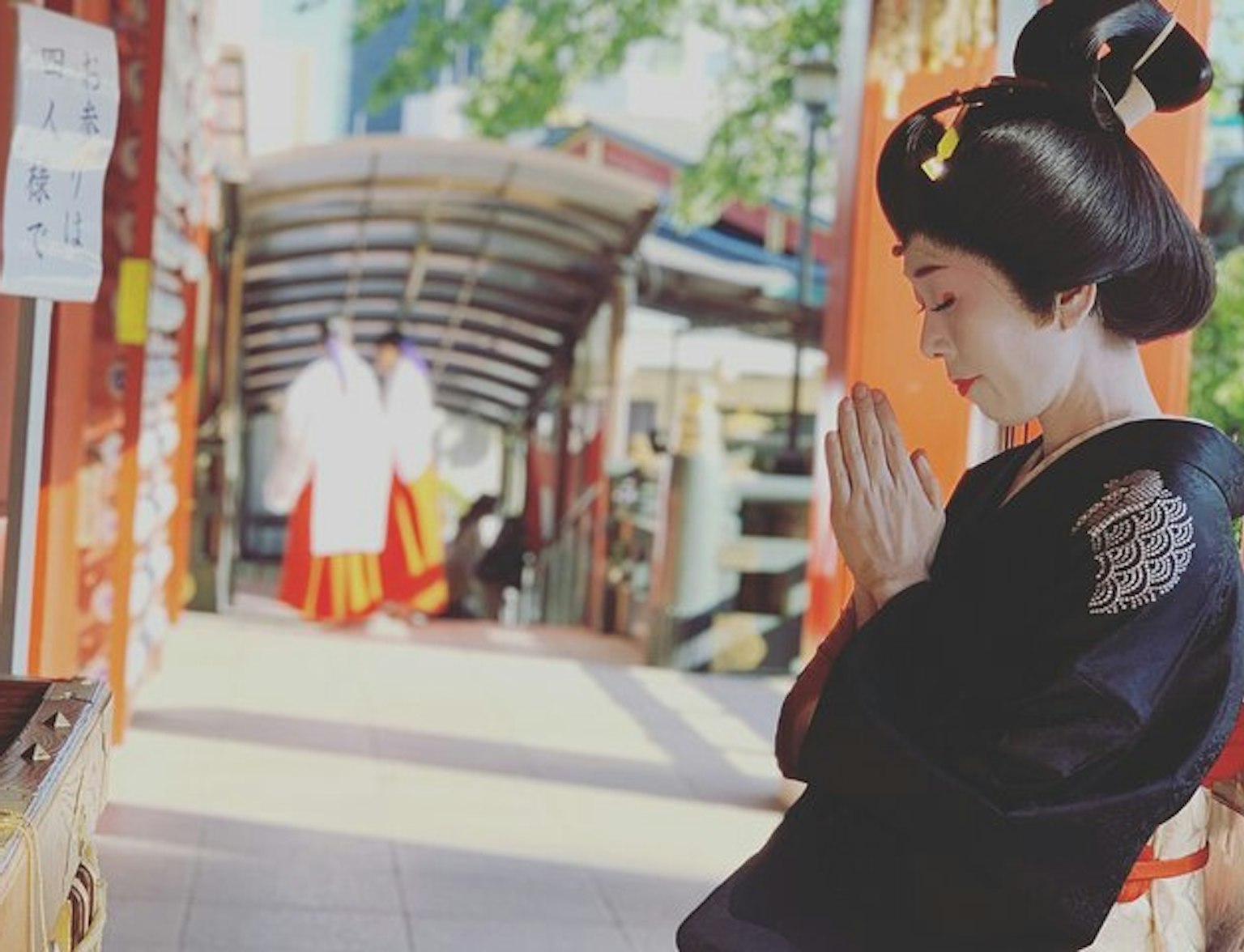
Unlock the secrets of Tokyo's spiritual heart with an exclusive tour of Kanda Myojin Shrine.

Located in Saitama Prefecture, Kawagoe is often referred to as "Little Edo" for its ability to maintain the architecture and culture of the Edo period. It's an excellent day-trip option for Japan travel, especially for history enthusiasts.
Kurazukuri Street is a famous attraction, showcasing clay-walled warehouse-styled buildings from the 17th century. Despite being outside Tokyo, it draws foreign tourists due to its historical significance.
How to Get There:
From Ikebukuro Station in Tokyo, take the Tobu Tojo Line to Kawagoe Station.
Alternatively, you can take the JR Saikyo/Kawagoe Line from Shinjuku to Kawagoe.
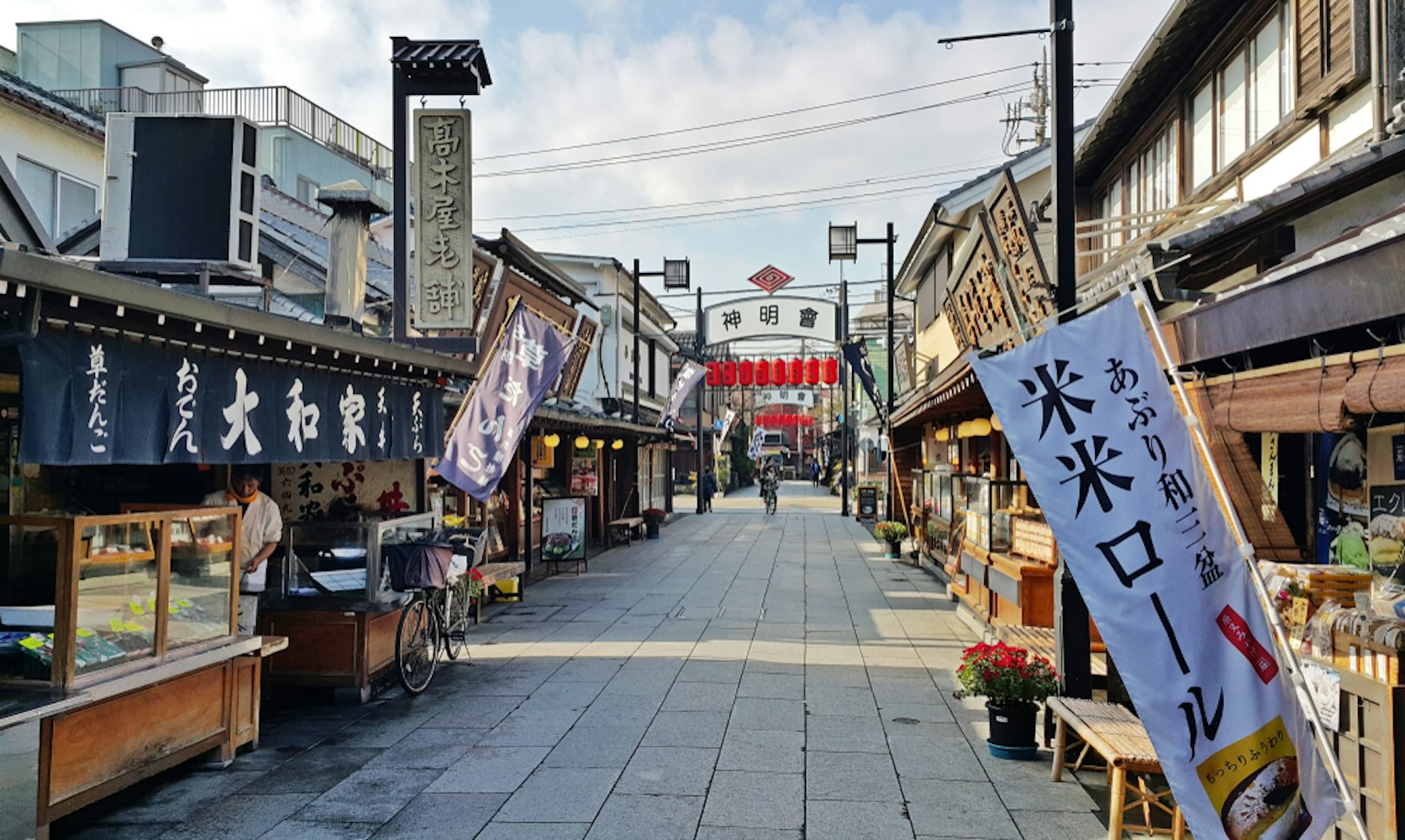
Shibamata is in Katsushika Ward, far removed from the hustle and bustle of central Tokyo. Known for its quiet residential area, Shibamata provides a nostalgic ambiance.
The main street leading to Taishakuten Temple is lined with small shops selling traditional Japanese snacks and crafts. Although it might not be on the radar for most tourists, it's one of Tokyo's secret spots offering a peaceful atmosphere.
How to Get There:
Take the Keisei Kanamachi Line and get off at Shibamata Station.
The temple is within walking distance from the station.
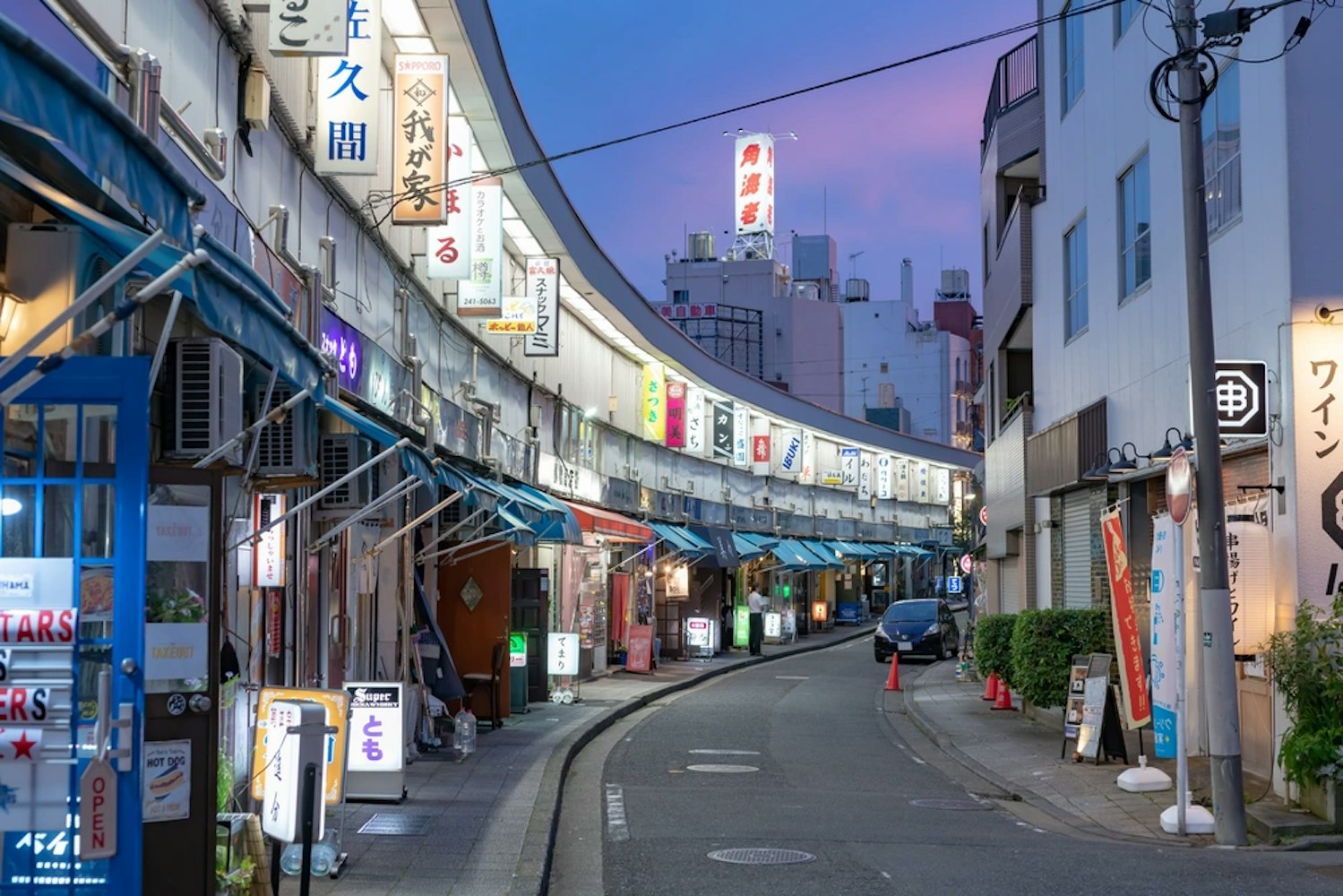
Noge is located in Yokohama, just a short train ride from Tokyo. This district has jazz bars, izakayas, and many small shops.
Despite its proximity to more famous attractions like Yokohama's Chinatown or the Landmark Tower, Noge remains a hidden treasure. While not on the itinerary for most tourists, it offers a cozy, local vibe that contrasts the city's more commercialized areas.
How to Get There:
Take the JR Negishi Line and get off at Sakuragicho Station.
Noge is a short walk across the Ooka River from the station.
The importance of preservation cannot be overstated when protecting Tokyo's hidden gems, which serve as living museums of the city's rich history and traditions. These districts provide a glimpse into Tokyo's past and enrich its present and future, making them invaluable to locals and tourists alike.
Focusing on preservation, authorities, and communities can ensure these areas retain their unique character and historical significance. Thus, preserving these hidden gems plays a crucial role in maintaining Japan's diverse cultural heritage, helping to balance the modern metropolis with meaningful reminders of its storied past.
The best way to explore Tokyo is by walking or taking local trains, which offer an intimate experience, allowing you to cover both well-known spots and tucked-away attractions like art galleries and several buildings of historical importance. Crafting a flexible yet well-thought-out itinerary can enrich your journey, primarily if you aim to visit during off-peak hours to avoid other tourists, turning each district into a great place to delve deep into local culture.
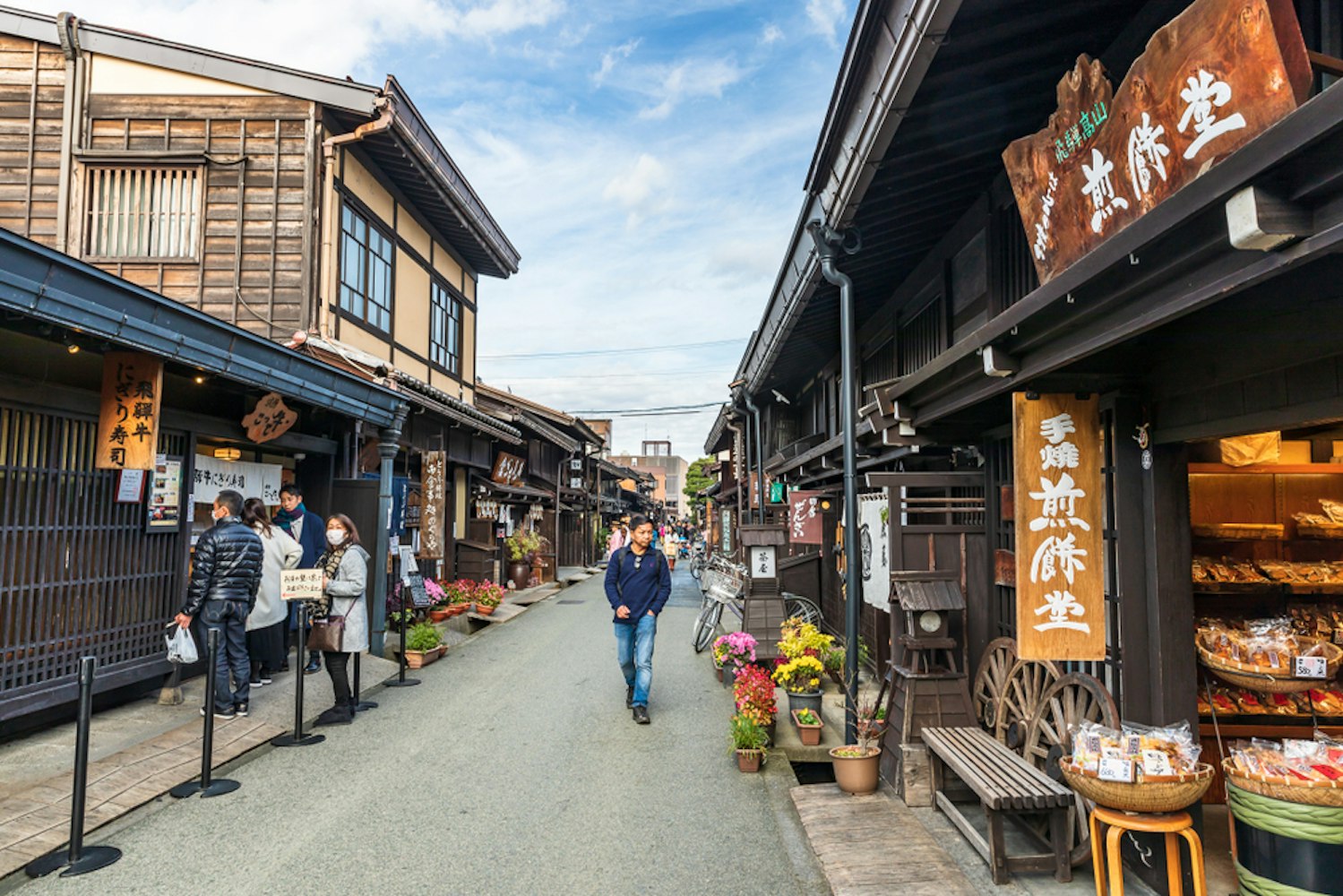
Discover the serene temple grounds, vibrant shopping streets, and historical gems of Tokyo with these essential tips, designed to help first-time and seasoned travelers make the most of their journey while paying heed to cultural nuances.
To avoid crowds and make the most of your experience, visiting the temple grounds early in the mornings or weekdays is advisable, especially to escape from many tourists.
Always show respect when entering religious or cultural sites by bowing when you walk onto temple grounds or removing your shoes right from the entrance as a sign of respect.
If it's your first trip, consider starting your walking tour early in the day to fully explore each district, aiming to cover the main attractions first and then delving into the hidden gems as day turns into night.
For a more authentic experience, try to engage with locals or shop owners; they often know the best-kept secrets and can point you to places not commonly frequented by tourists.
Always keep a map or GPS handy, as many historical districts have narrow, winding streets; having a navigation tool ensures you will get all the hidden spots.
Tokyo's historical districts offer a rich tapestry of unique characteristics, from serene temple grounds to bustling shopping streets, all coexisting with modern marvels like Roppongi Hills. This blend of ancient and contemporary creates a distinctive atmosphere, allowing travelers to step back in time while still enjoying the conveniences of today.
Whether you're a history buff or a modern-day explorer, Tokyo provides an unparalleled experience that beautifully marries its storied past with its ever-evolving present.
Tokyo's historical districts include places like Yanaka, Asakusa, and Fukagawa. These areas are rich in cultural heritage and considered Tokyo's hidden gems, offering a different experience than the city's more modern parts.
Yanaka is often considered Tokyo's oldest neighborhood and is a notable Tokyo hidden gem. The area has preserved its traditional charm, making it a must-visit for those interested in the historical aspects of Tokyo.
The district of Minato is considered one of Tokyo's wealthiest areas. It's home to upscale neighborhoods like Roppongi Hills, filled with luxury apartments and high-end shops, but also has its share of Tokyo hidden gems.
